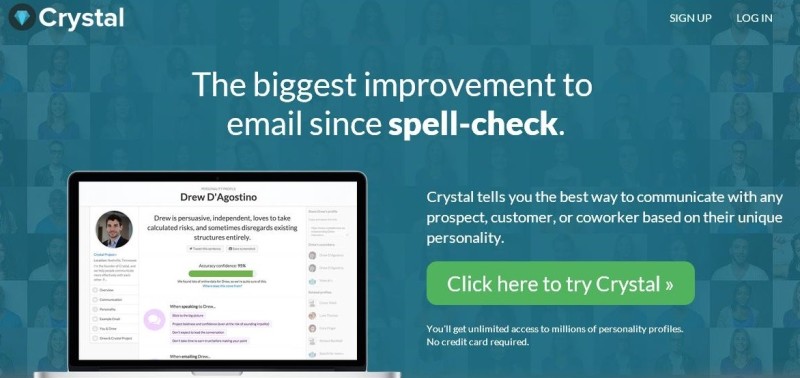 In my continued efforts to cut back on digital distractions (see my 2015 New Year's Resolution and other past related posts), I recently had the opportunity to step away from my work email. I was on vacation for six work days, so I turned off work email on my devices and didn't open it until this morning. It's a simple as going to your settings for email as pictured and turning off the specific email account(s). I know some people even do this on the weekends. I haven't yet. I think turning off email and alerts on weekends/holidays would be a nice added feature in a future operating system.
In my continued efforts to cut back on digital distractions (see my 2015 New Year's Resolution and other past related posts), I recently had the opportunity to step away from my work email. I was on vacation for six work days, so I turned off work email on my devices and didn't open it until this morning. It's a simple as going to your settings for email as pictured and turning off the specific email account(s). I know some people even do this on the weekends. I haven't yet. I think turning off email and alerts on weekends/holidays would be a nice added feature in a future operating system.In the past I've wondered how much email is truly important and needs my attention. This brief hiatus actually gave me the opportunity to tally up my inbox and discover that 20% of my emails really required my attention (31/157=19.7%). Below are the details.
If teachers and students were in school right now I realize that these numbers would look different. Also, my colleagues knew I was gone and didn't send me messages. I know I'd have more emails that mattered and required action/attention if I had run these numbers in September instead of the end of June. But I also know I would have received even more sales spam, newsletters, and would have been cc'd on many more messages. So perhaps the overall totals would all increase but the percent that truly matter wouldn't change much.
As I look to ways to decrease distractions, I'm thinking of unsubscribing to even more newsletters and bloggers. I want to stay on top of some things and be aware of news and events, but each time these hit my inbox they become a potential distraction. I'm also considering setting up email-free times to focus because I know that even reading the subject line of a message takes away my attention from the tasks at hand. Knowing now that only 20% of the emails I receive really matter will help make this easier to do.
*Spam numbers listed only include emails that made it to my inbox. A review of our school's spam filter shows that I
received an average of ten additional messages per day over the last week, bringing my total to an additional 100 emails if I were to include those.





